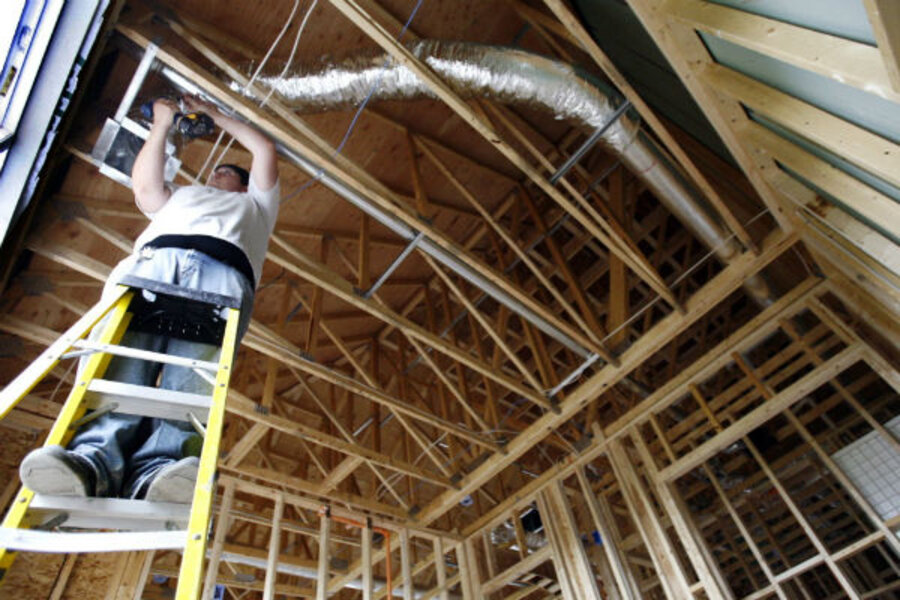Dust bunnies: Not just a nuisance, they can cost you money, too
Loading...
If you have a forced air heating and/or cooling system like many people do, it might be worth your while to pull the cover off of a few of the vents and peer inside.
If you’re lucky, it’ll look pretty clean in there. There might be a bit of dust, but nothing too bad.
If you’re unlucky, you’ll see giant clumps of dust in there that are serving no purpose other than blocking air flow.
Remove those dust bunnies immediately. They’re doing nothing more than blocking the flow of air out of the vent, which means your air conditioner is working to produce cool air that’s never making it to the room that you want to be cool (or your furnace is producing hot air that’s never reaching a room you want to be warm).
In fact, you should clean all of your vents, even if you spy just a bit of dust in there. Dust can build up over time, gradually reducing air flow into the room.
How can you clean out these vents? The easiest method is to just use a vacuum cleaner attachment.
All you have to do is unscrew the vent covers (if necessary), put on an appropriate vacuum attachment, and suck out the bunnies. Don’t jam the vacuum attachment so far into the vent that you could lose your attachment; just take care of all of the dust near the opening. This will go a long way toward maximizing the air flow from your blower.
Of course, it’s worthwhile to occasionally have a professional clean out all of your vents. This is something worth doing if you have a heating and cooling specialist in your home to perform a repair, as this is a service they can easily provide. There can be a lot of dust buildup in areas that you cannot conveniently reach and they have equipment that can easily clean it for you.
How often should you do it? I try to clean our vents once a year. I do it as part of a spring cleaning routine early each spring. It really doesn’t take all that long. I’ll have a specialist give the air ducts a more thorough cleaning once every few years, usually when I need one for a separate concern.
You may want to do it more often if you live in a particularly dusty climate, such as someone living near a gravel road.
For us, part of the benefit of cleaning out the vents is that it reduces allergies. Sarah was extremely prone to allergies as a child and this has seemingly passed on to at least one of our children. Clean vents means cleaner air for him to breathe, which means more restful nights of sleep.
Does this really save money? Once you’ve cleaned them out for the first time, an annual cleaning is more of a preventive measure. It’s that first cleaning (if you haven’t done it in a while) that can really save you money. If you start opening up vents in your home – particularly the out-of-reach ones – and find lots of dust in clumps in there, you’re going to significantly raise the efficiency of your home’s heating and cooling system, and that can do nothing but save you money on your energy bill.








